NASA's Perseverance Scouts Mars Sample Return Campaign Landing Sites
Tuesday, 12 July 2022 10:21 The six-wheeled explorer has inspected a stretch of the Red Planet to see if it is flat enough for NASA's next Mars lander.
NASA's Perseverance Mars rover is conducting its science campaign, taking samples at Jezero Crater's ancient river delta, but it's also been busy scouting. The rover is looking for locations where the planned Mars Sample Return (MSR) Campaign can land spacecraft and c
The six-wheeled explorer has inspected a stretch of the Red Planet to see if it is flat enough for NASA's next Mars lander.
NASA's Perseverance Mars rover is conducting its science campaign, taking samples at Jezero Crater's ancient river delta, but it's also been busy scouting. The rover is looking for locations where the planned Mars Sample Return (MSR) Campaign can land spacecraft and c Leaving Avanavero - Sol 3530
Tuesday, 12 July 2022 10:21 The MAHLI images acquired on Sol 3528 confirm that the APXS was well placed over the Avanavero drill tailings, and the APXS data look good so we are ready to drive away from this location.
But first, we are planning a few more MAHLI and remote sensing observations. ChemCam will shoot its laser at a vein target named "Chiung" on the right side of the rover, then will acquire another RMI mos
The MAHLI images acquired on Sol 3528 confirm that the APXS was well placed over the Avanavero drill tailings, and the APXS data look good so we are ready to drive away from this location.
But first, we are planning a few more MAHLI and remote sensing observations. ChemCam will shoot its laser at a vein target named "Chiung" on the right side of the rover, then will acquire another RMI mos New Findings on the Formation of Ionized Carbon
Tuesday, 12 July 2022 10:21 Scientists have long held that star formation creates ionized carbon giving vital information for understanding our universe. But a new study led by Universities Space Research Association's Robert Minchin, has shown that ionized carbon is also formed by galaxies moving through the hot gas of the Virgo cluster.
Since the 1990's scientists have suspected that ionized carbon might be formed
Scientists have long held that star formation creates ionized carbon giving vital information for understanding our universe. But a new study led by Universities Space Research Association's Robert Minchin, has shown that ionized carbon is also formed by galaxies moving through the hot gas of the Virgo cluster.
Since the 1990's scientists have suspected that ionized carbon might be formed Black Hole Hunters - A citizen science search for black hole self-lensing
Tuesday, 12 July 2022 10:21 A research team from the Open University and the University of Southampton is asking for the public's help to find some of the most mysterious, elusive objects in the Universe - black holes. By examining data from the SuperWASP survey, the UK's leading extra-solar planet detection programme, the team hope to detect changes in starlight that may provide evidence for the existence of these black h
A research team from the Open University and the University of Southampton is asking for the public's help to find some of the most mysterious, elusive objects in the Universe - black holes. By examining data from the SuperWASP survey, the UK's leading extra-solar planet detection programme, the team hope to detect changes in starlight that may provide evidence for the existence of these black h Can FAST Detect Auroras on Brown Dwarfs
Tuesday, 12 July 2022 10:21 Brown dwarfs are known as "failed stars", owing to the lack of central hydrogen burning. They bridge the gap between planets and stars. Some brown dwarfs are found to maintain kilogauss magnetic fields and produce flaring radio emissions, similar to aurora on magnetized planets in solar system, arousing astronomers' curiosities about their field properties and dynamos.
Radio emissions from
Brown dwarfs are known as "failed stars", owing to the lack of central hydrogen burning. They bridge the gap between planets and stars. Some brown dwarfs are found to maintain kilogauss magnetic fields and produce flaring radio emissions, similar to aurora on magnetized planets in solar system, arousing astronomers' curiosities about their field properties and dynamos.
Radio emissions from Tech firms unveil plan for 'space-based' 5G network
Tuesday, 12 July 2022 10:21 Thales, Qualcomm and Ericsson unveiled Monday a plan to allow smartphones to communicate directly with satellites, a "space-based network" they hope will bring connectivity to the entire globe.
The three firms envisage launching hundreds of satellites with 5G capabilities to bring coverage to "extreme geographies or remote areas across seas".
The plan would potentially cut out the base s
Thales, Qualcomm and Ericsson unveiled Monday a plan to allow smartphones to communicate directly with satellites, a "space-based network" they hope will bring connectivity to the entire globe.
The three firms envisage launching hundreds of satellites with 5G capabilities to bring coverage to "extreme geographies or remote areas across seas".
The plan would potentially cut out the base s Vega-C: watch tomorrow's launch
Tuesday, 12 July 2022 09:54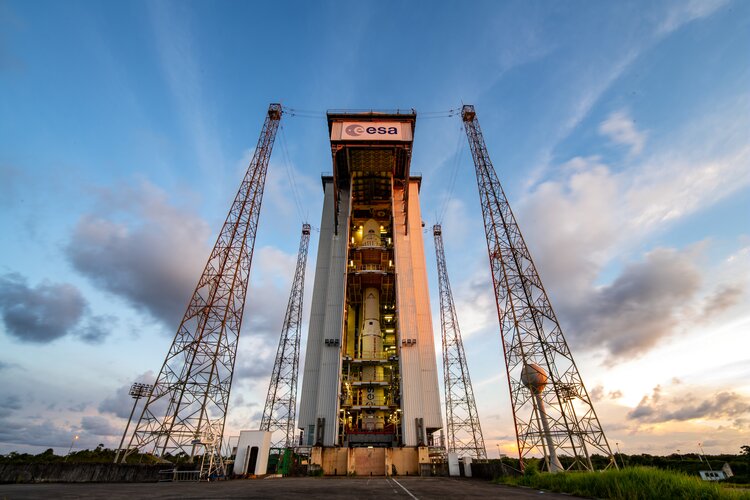
ESA’s new Vega-C rocket is just one day from its inaugural flight. You can follow live on ESA Web TV. Flight VV21 will lift off as soon as 13 July at 13:13 CEST, pending suitable conditions for launch.
Broadcast begins 12:45 CEST/11:45 BST on ESA Web TV
13:13 CEST/12:13 BST/11:13 UTC/08:13 Kourou – liftoff
Starship booster test ends in fiery anomaly
Tuesday, 12 July 2022 08:35
A test of the booster for SpaceX’s first orbital Starship vehicle July 11 ended with flames erupting unexpectedly from the base of the vehicle, triggering a fire at the pad.
The post Starship booster test ends in fiery anomaly appeared first on SpaceNews.
ABL static fires rocket for first orbital launch attempt
Tuesday, 12 July 2022 07:52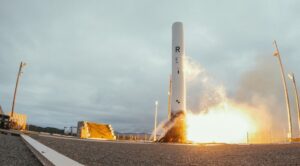
ABL Space Systems successfully test-fired the rocket it plans to launch on the company’s first flight in the next several weeks.
The post ABL static fires rocket for first orbital launch attempt appeared first on SpaceNews.
NASA releases first color image from James Webb Space Telescope
Monday, 11 July 2022 22:44
A deep field of distant galaxies, some dating back to the first billion years after the Big Bang, is the first full-color image to come from the James Webb Space Telescope.
The post NASA releases first color image from James Webb Space Telescope appeared first on SpaceNews.
Japanese startup to demo robotic arm onboard ISS in 2023
Monday, 11 July 2022 20:19
Japanese startup GITAI plans to demonstrate robotic arm capabilities externally on the International Space Station for the first time next year.
The post Japanese startup to demo robotic arm onboard ISS in 2023 appeared first on SpaceNews.
Webb telescope to reveal earliest galaxies after Big Bang
Monday, 11 July 2022 20:18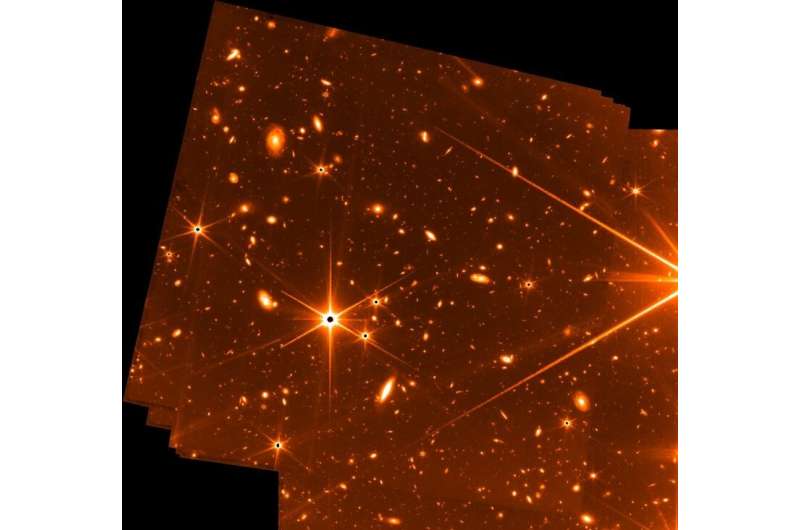
NASA's James Webb Space Telescope is poised to reveal some of the earliest galaxies that formed after the Big Bang, the White House said Monday, as anticipation builds for the powerful observatory's first images.
President Joe Biden will unveil the images during a livestreamed event starting at 5:00 pm (2100 GMT).
Biden revela la primera imagen del telescopio Webb de la NASA
Monday, 11 July 2022 19:58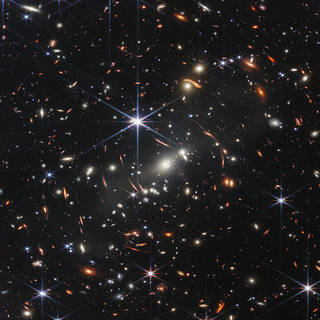 El presidente Joe Biden hizo pública el lunes la primera imagen a todo color del telescopio espacial James Webb de la NASA, durante un acto público en la Casa Blanca en Washington.
El presidente Joe Biden hizo pública el lunes la primera imagen a todo color del telescopio espacial James Webb de la NASA, durante un acto público en la Casa Blanca en Washington. 

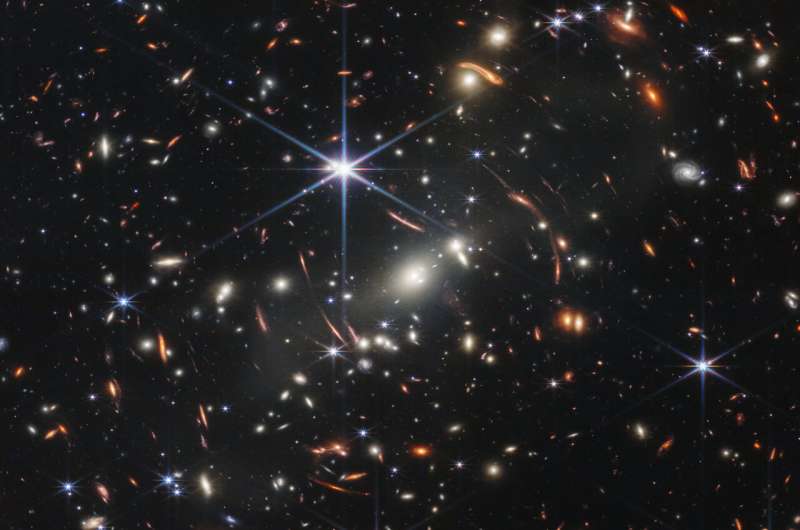
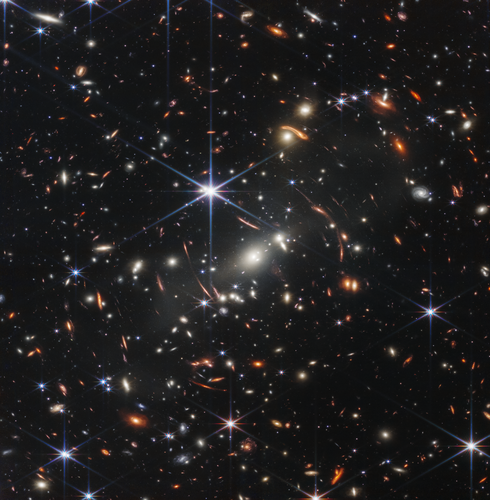 Image:
Webb’s first deep field
Image:
Webb’s first deep field